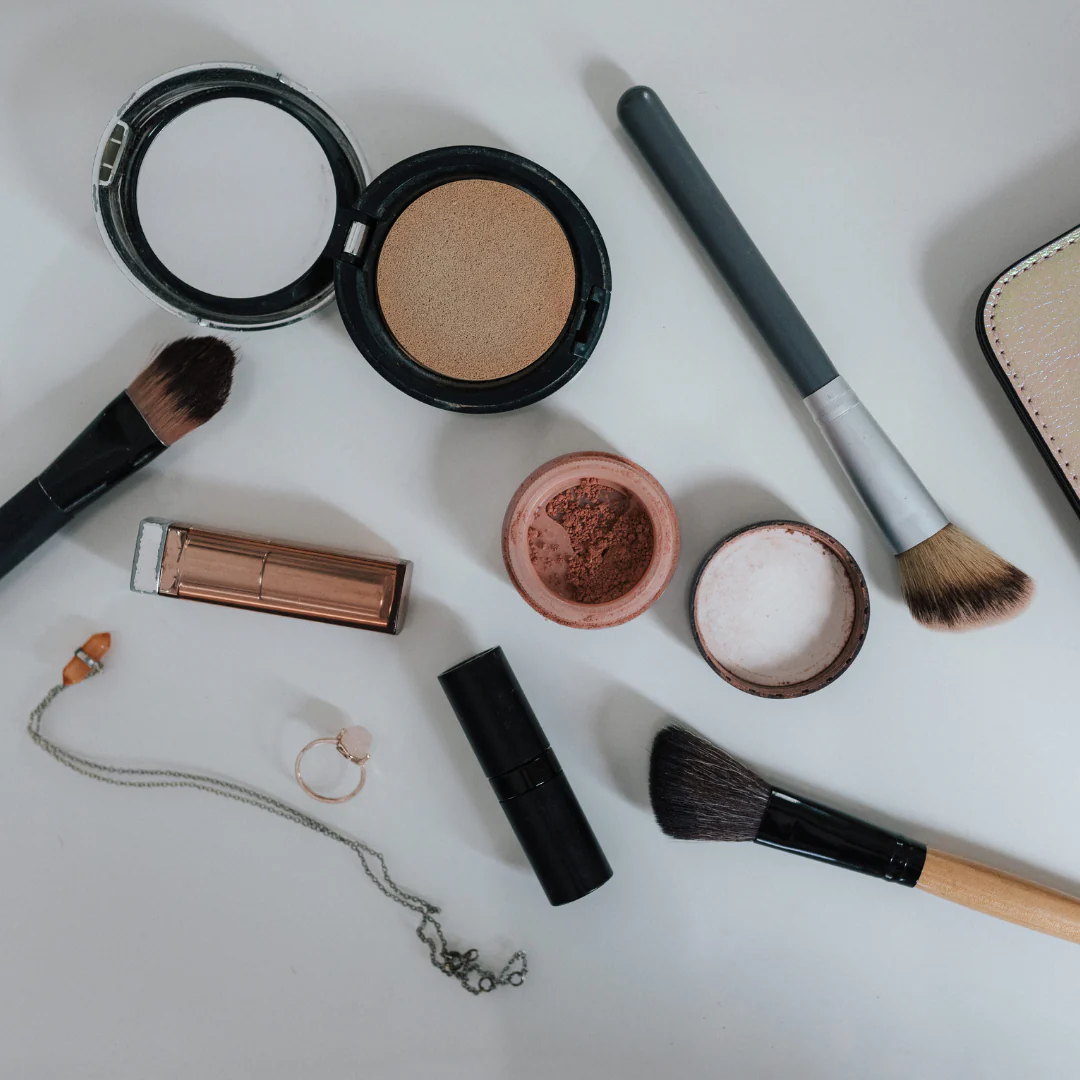In the world of beauty, iconic products often hold a special place in the hearts of consumers. From timeless lipsticks to cult-favorite skincare, these products have garnered a loyal following over the years. But what goes on behind the scenes to bring these beloved beauty items to life? Join us as we embark on a fascinating exploration of the manufacturing process behind some of the most iconic beauty products in the industry.
1.Research and Development:
The journey begins with extensive research and development. Beauty brands invest significant time and resources into understanding consumer needs, market trends, and scientific innovations. This phase involves collaborating with chemists, dermatologists, and other experts to formulate products that are both effective and safe for use. From identifying key ingredients to conducting clinical trials, this meticulous process lays the foundation for the creation of iconic beauty formulations.
2.Ingredient Sourcing and Quality Control:
Once the formulations are finalized, the next step is sourcing high-quality ingredients. Beauty brands often work with trusted suppliers from around the world to procure natural extracts, botanicals, and synthetic compounds. Rigorous quality control measures are implemented to ensure that each ingredient meets strict standards for purity, potency, and safety. From testing for contaminants to verifying sustainability practices, every aspect of ingredient sourcing is carefully scrutinized to uphold the brand’s reputation for excellence.
3.Manufacturing and Production:
With ingredients in hand, the manufacturing process begins. State-of-the-art facilities equipped with advanced machinery and technology are utilized to blend, mix, and package beauty products. Each product undergoes a series of precise manufacturing steps, including emulsification, homogenization, and filling. Specialized equipment is used for different product formats, such as creams, serums, and powders, to ensure consistency and quality. Throughout the production process, strict hygiene protocols are followed to prevent contamination and maintain product integrity.
4.Packaging Design and Innovation:
The packaging of a beauty product plays a crucial role in its appeal and functionality. Designers work closely with packaging engineers to create innovative packaging solutions that not only protect the product but also enhance the user experience. From sleek glass bottles to eco-friendly refillable containers, packaging design reflects the brand’s identity and values. Attention is paid to every detail, from ergonomic shapes to sustainable materials, to ensure that the packaging aligns with the brand’s commitment to beauty and sustainability.
5.Quality Assurance and Testing:
Before a beauty product is ready for market release, it undergoes rigorous quality assurance and testing procedures. Samples are subjected to a battery of tests to assess stability, safety, and efficacy. This includes microbiological testing, shelf-life studies, and compatibility testing with various skin types. Additionally, human clinical trials may be conducted to evaluate product performance and gather feedback from real consumers. Only after meeting stringent quality standards does the product receive the green light for mass production.
Conclusion:
The manufacturing process of iconic beauty products is a complex and multifaceted journey that combines science, art, and innovation. From research and development to production and distribution, every step is carefully orchestrated to create products that resonate with consumers and stand the test of time. As we continue to celebrate the beauty of these iconic products, let us also appreciate the dedication and craftsmanship that goes into bringing them to life.


